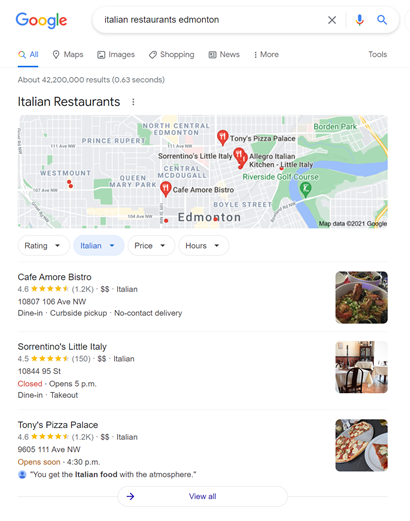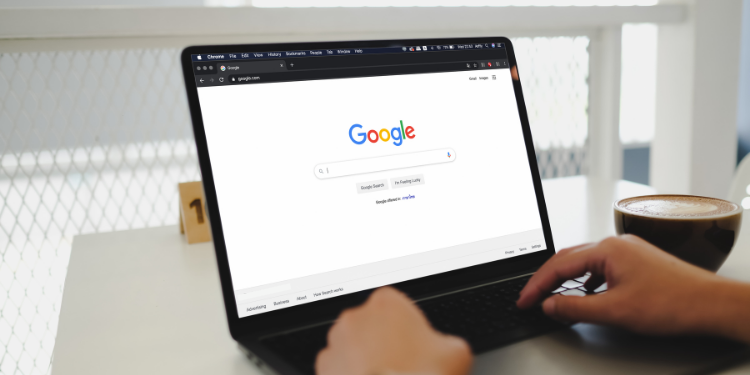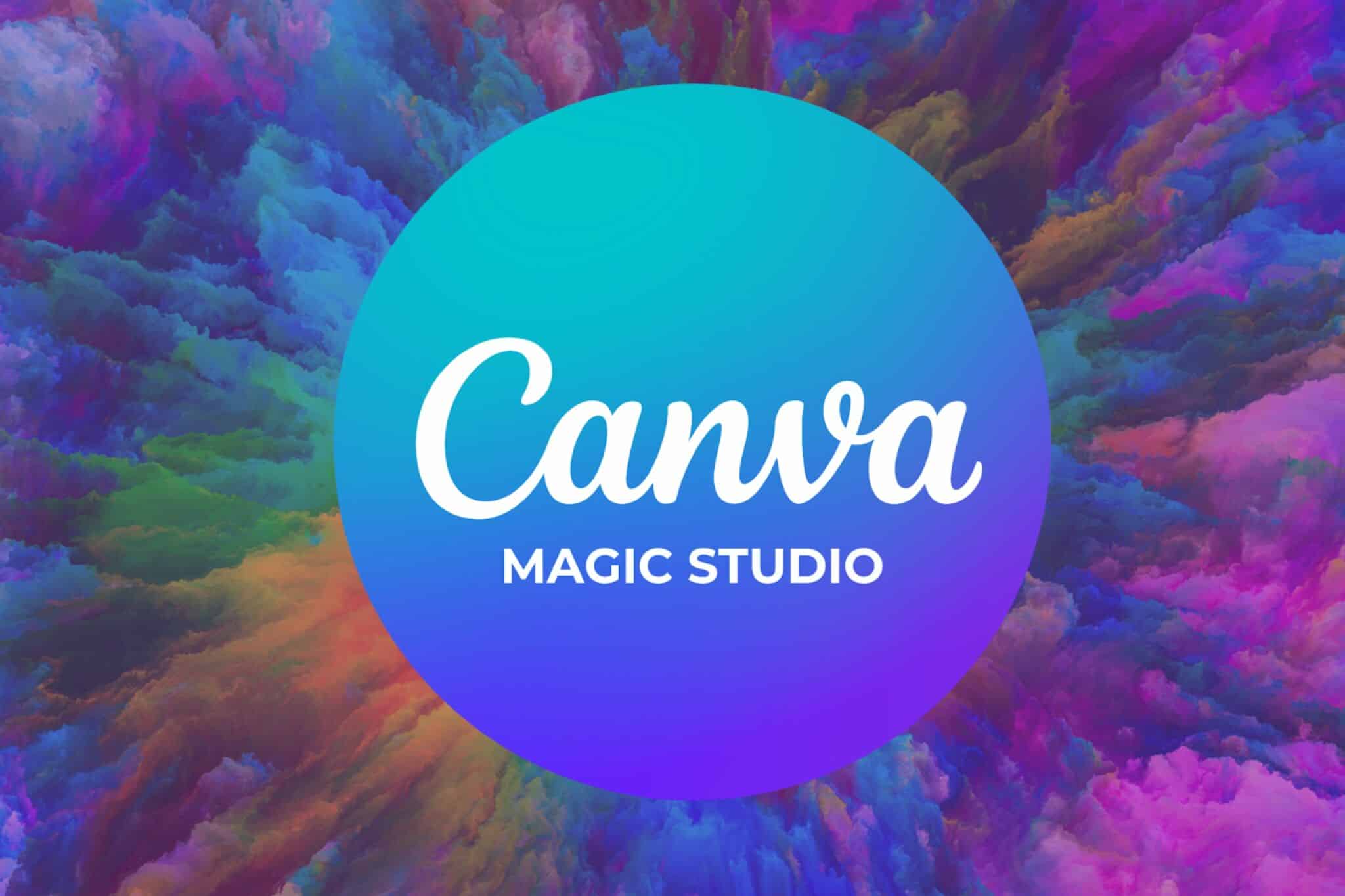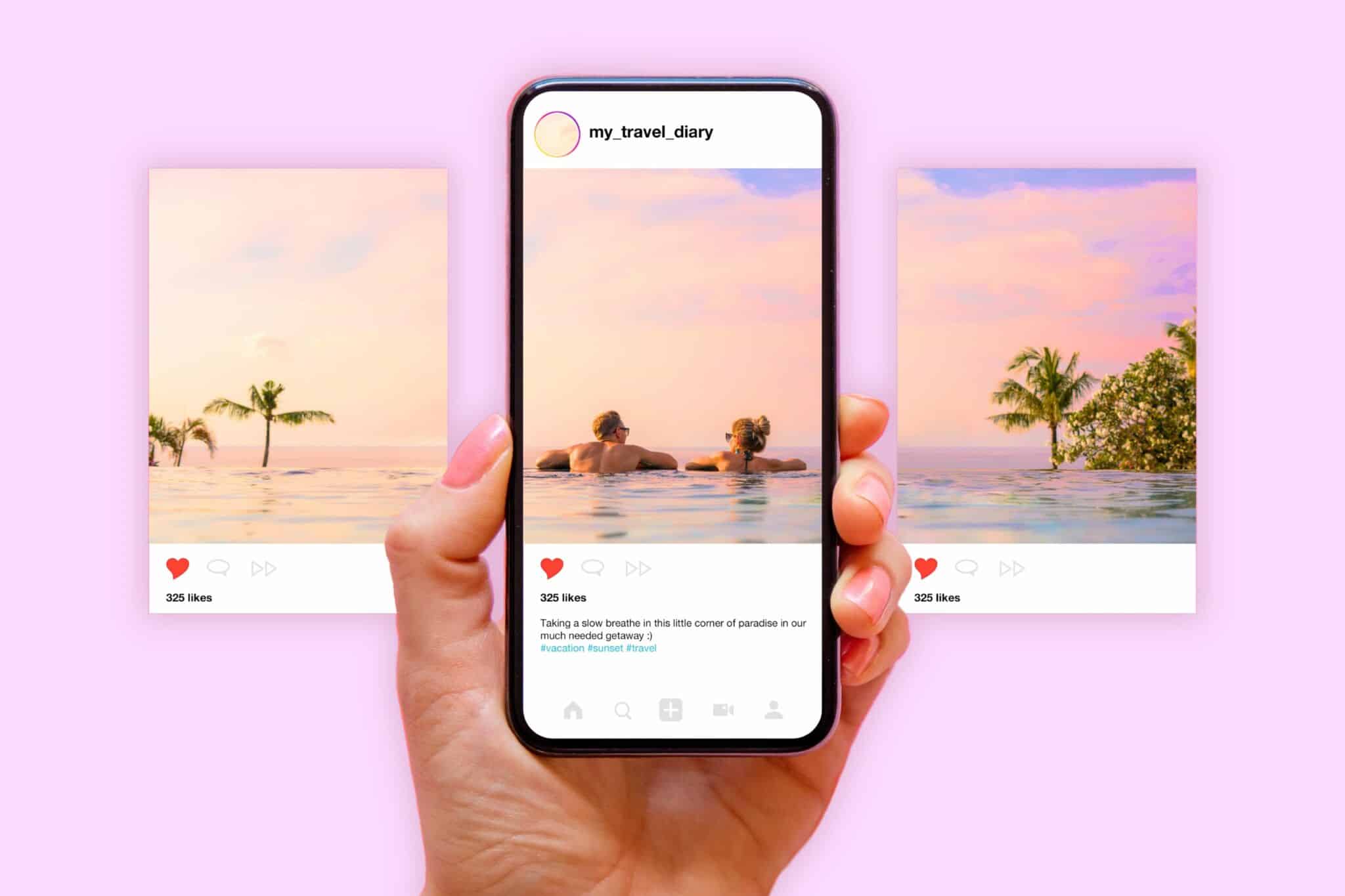We all know the importance of Google. Usually, we find what we are looking for so quickly that we don’t give it a second thought. It’s not until we don’t find what we are looking for that we take a closer look. If you’re a small business owner that’s probably happened when you’re searching for your own business.
“Why isn’t my business on the top of results when I search for___?”
“Why isn’t my business on the map when I search for____?”
“Are all the businesses ahead of me paying to be there?”
This article from our friends at Digital Tea will provide a quick overview of how Google organizes what users see when they perform a search, to help more customers find your small business. Keeping Google simple for the user is incredibly complicated for Google; they are continually tweaking their algorithm, testing new features, and making minor changes to their familiar search results page. This article will introduce the information that is most important to small business owners.
What is a SERP?
SERP or Search Engine Results Page is the page you see when doing a query with a search engine. You might have noticed the page can look different depending on what you search and the device you use.

Some pages have ads, some don’t, sometimes there is a map with local businesses and sometimes there are videos, images, etc. Many different features can appear in the SERP, and in this article, we’ll be reviewing a few that are most relevant to small businesses.
Paid Ads
Let’s start with paid ads as they generally appear first. Google Ads allow you to bid on search terms to have your website appear at the top of the SERP. You might have heard this described as Search Engine Marketing (SEM) or Pay-Per-Click (PPC). Google uses several factors, including your ad bid, the quality of your ad and the landing page it links to, as well as the relevancy of the search term to determine which ads appear.
Google Ads are great for businesses that need immediate results, are in highly competitive industries, or who want to supplement their other digital or traditional marketing efforts. Although there is an ongoing cost to running ads, you can set a maximum budget that you’re comfortable with and adjust your strategy to match your organization’s needs.
Google Ads may seem simple to set up, but they can be a lot more complicated than they first appear. Taking the time to research Google Ads or trusting your ads to a professional will save you a lot of time and money.

Local Pack (or Map Results)
When Google believes a search has local intent, you’ll likely see what’s called a Local Pack, containing a map and three physical locations. It could also include Google Review scores, services, price ranges, addresses, hours, and other details about the location. A user can click on the listing and see more information about the location including a link to a website, phone number, and more.
These details are generated from the Google My Business page for that location or business. If your organization doesn’t have a Google My Business account, Google has likely created a listing for you. The good news is that it’s easy to claim and then manage your Google My Business account. Click here to learn more about claiming your Google My Business Profile.
The order of the results in the Local Pack is determined by several factors including the proximity of the location to the person searching, reviews, and the relevancy of the information in the businesses Google My Business profile.
Organic Search Results
A lot of features can appear in the search results, such as videos, images, news…and the list goes on. All these results can be considered organic results, but for this article, we’ll be focusing on traditional text search results.
The exact algorithms Google uses to rank sites for specific keywords are always evolving, as are your rankings, and your competitor’s rankings. Search Engine Optimization (SEO) is the practice of improving your website and its content to get it to rank higher in organic search results.
Google’s success depends on users finding what they are looking for quickly…very quickly! Most users will only click on one of the top few results. Google wants those results to be relevant to the user as well as a good experience regardless of the type of device they’re using. As over half of search queries are made from mobile devices, Google favors sites that are optimized for mobile devices.
Other factors that affect your ranking include:
- Site speed
- Page titles
- Proper use of keywords
- Readability of your text and more.
There are no easy answers to get to the top of the organic rankings. Anyone old enough to remember a time before Google can tell you about searching through pages and pages of irrelevant search results. Understanding Google’s Search Engine Result Page is a great first step to creating a strategy to make it easier for customers to find your business on Google.
Need More Support?
Digital Tea is always available to answer any specific questions you might have. You can reach them by visiting their website, by phone at (780) 473-4600, or by email at info@digitaltea.com.
About the author: Digital Tea
Digital Tea is an Edmonton-based website design and digital marketing agency with 22 plus years of experience. We have provided web design and development, custom software development, secure web hosting, digital marketing, and social media management solutions to clients of all different sizes, needs, and budgets.






